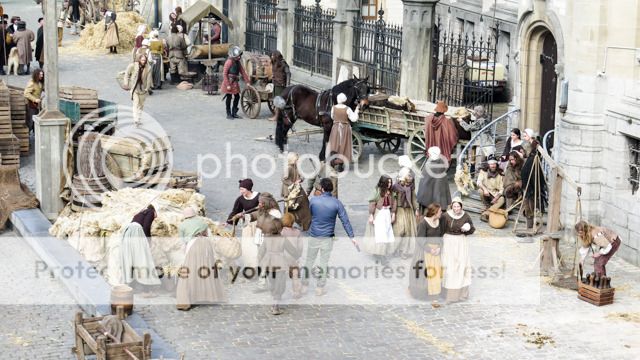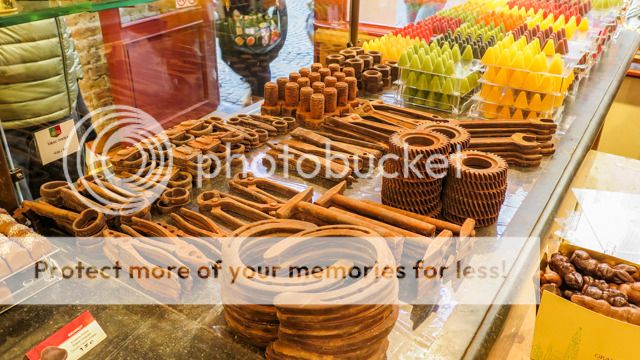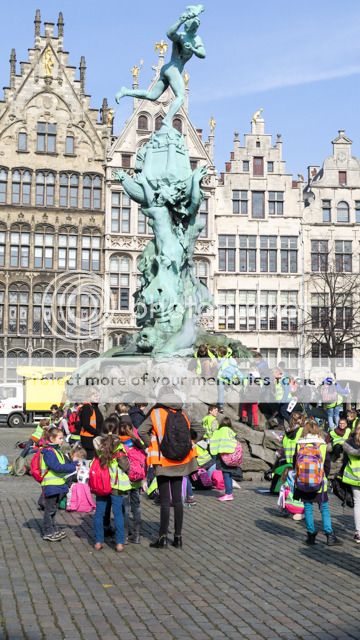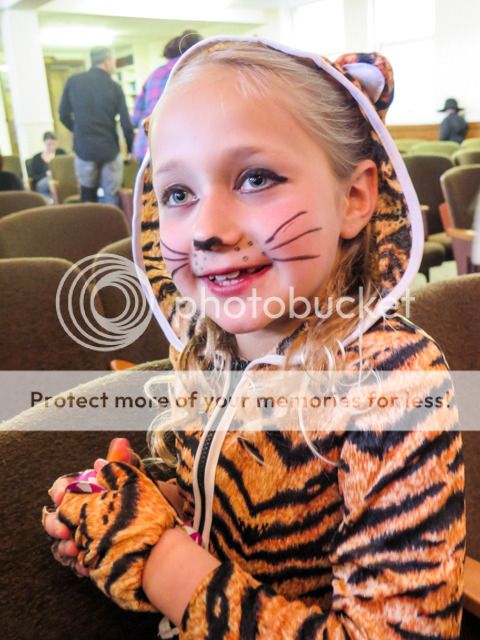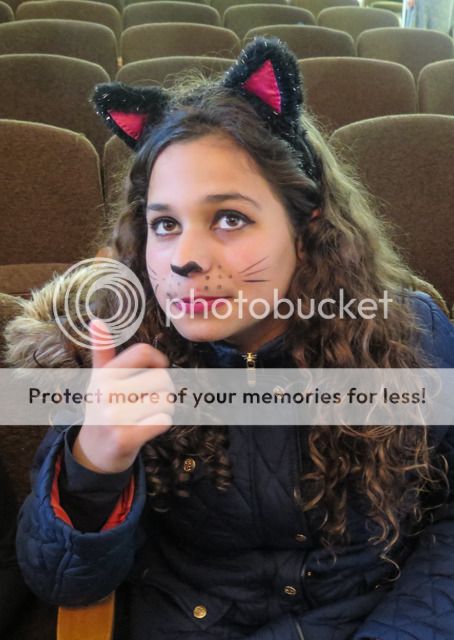One of the advantages of having a daughter, who is an art consultant, is that I am compelled to learn more about art. Alona currently lives in Paris and travels extensively to different art shows around the world, such as London, New York, Venice and many other destinations. It sounds glamorous, but for her it is very hard work. She looks for paintings or sculptures from specific artists, to satisfy the requests of her clients. Her work involves negotiations on both ends, and logistics with money and delivery. But someone has to do it, and it seems that she is very good at it. She studied art history at UC Berkeley, and received her MBA from Columbia University. After several years managing her own successful gallery in New York, she moved to Paris.
Some years ago she visited San Francisco and we attended a local art show in Fort Mason. This year, The San Francisco Art Show opened yesterday, at the same location. One of the exhibits there was a plexiglass box, containing a used can of paint and injection syringes. After learning that this piece of art cost $100,000, I expressed my surprise rather loudly. On hearing me, Alona was aggravated by my ignorance. Apparently, it was the work of a well-known artist, represented by an important art gallery (Today this artwork probably costs 10 times the price, or more). Her advice was very simple — before you open your mouth – go and study. Through the years, I became more tolerant and even learned how to appreciate modern art, which is defined from the works of Impressionists from around 1880 up to until the 1970s. The works of art created after 1970 are called contemporary art. You can learn a lot about art by reading books written by Calvin Tomkins, including, “Lives of the Artists” where he writes about contemporary artists. Just as a reminder, when the Impressionists developed their technique, they were ridiculed, lived the lives of starving artists, and today their works sell for millions of dollars.
One of the side benefits of our vacation in Knokke-Heist, which I wrote about in the last two weeks, was our proximity to Maastricht, a city located in the Netherlands. There was an annual European Fine Art Foundation’s (TEFAF) Art Show that luckily coincided with the dates of our visit. After Alona joined us from Paris, we drove there, and in a few hours we tried to visit 600, primarily European art dealers, who showed various kinds of art from different time periods and different varieties, including paintings, sculptures, porcelain, and decorative art. To give you perspective, San Francisco Show has about 70 exhibitors. I found most of it to be overwhelmingly beautiful, and then I noticed the guy who was delivering champagne in his cart. I felt that my head was already spinning without any alcohol. Enjoy and Share.
Enjoy and Share.
P.S. One of my questions while visiting any art exhibition in a gallery or museum is, whether it is permitted to photograph. At the show in Maastricht, there was a sign that prohibited photography, but most people ignored it and most used their smartphones/cameras. I do not care to copy the works of art; but rather, I like to create my own interpretations with the help of the visitors, who just happen to be in my field of vision.
Do Not Keep Me As A Secret!
Smile And Please SHARE It With A Friend!
Cheers,











